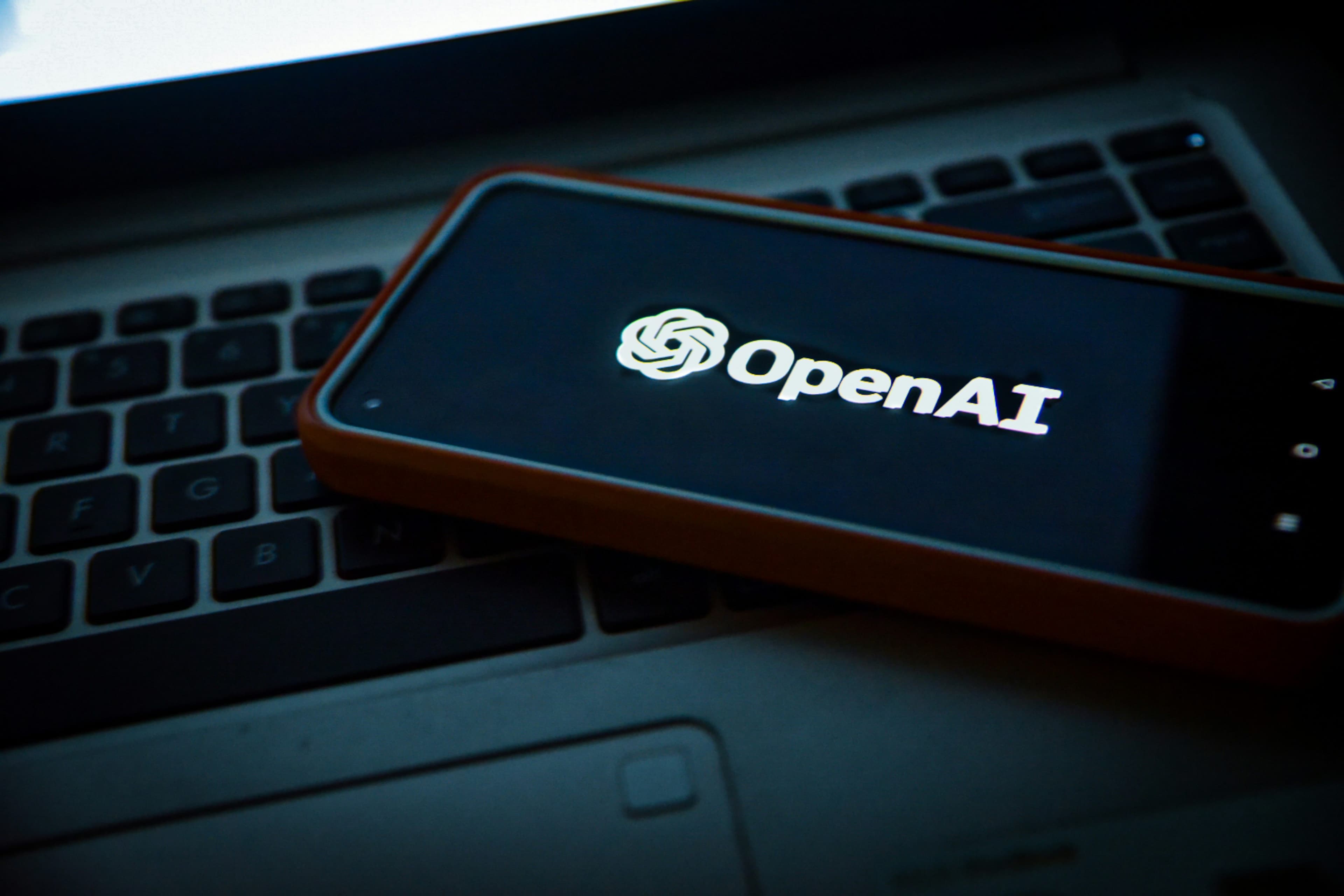OpenAI Plans to Monetise ChatGPT Commerce: What It Means for Search, SEO and AI Visibility

OpenAI has confirmed it is testing a native checkout experience within ChatGPT. This will enable users to search for products, compare options and complete purchases entirely within the interface. OpenAI plans to earn commissions on transactions, introducing a commercial model to a platform already used by hundreds of millions.
This shift demands marketers rethink search, discovery and conversion strategies. ChatGPT is encroaching on territory traditionally owned by ecommerce platforms and search engines, becoming a commercially valuable channel for product visibility that can generate revenue before a user ever visits a brand’s website.
AI interfaces are evolving into the new top of funnel and, increasingly, the point of sale.

What’s Changing? And Why It Matters
ChatGPT now reaches more than 800 million people every week. Its recommendations are fast, personal, and often trusted with little resistance. Increasingly, users aren’t landing on a search engine results page. They’re not comparing ads or scrolling through affiliate-heavy roundups. Instead, they’re accepting a suggestion, scanning a handful of reviews, and completing their purchase — all within a single AI-generated conversation.
There’s no ad carousel. No SEO-optimised blog post in sight. If your brand isn’t embedded in the model’s training data or cited by the sources it pulls from, it won’t be seen — and it won’t be sold.
This shift is already visible in performance. Some of our clients are seeing 125% growth in AI-driven traffic every month from tools like ChatGPT and Perplexity. More importantly, those users are 11.9x more likely to convert than visitors from regular organic. That isn’t just a marginal uplift — it’s a new commercial model for search.
Across the board, AI search traffic is converting 4.4x higher than traditional organic. 73% of SEO professionals now say AI tools are central to strategy. And 48% expect AI Optimisation to materially increase search traffic within the next six months.
For marketers, this is an active gap in visibility, traffic, and revenue.

How Brands Can Optimise for AI Interfaces Now
1. Prioritise Earned Media in Strategic PR
Roughly 90% of AI citations come from earned, third-party content. That includes publisher features, press coverage, expert Q&As, and niche blogs, not ads or your own website.
A strong digital PR strategy now drives both authority and AI visibility.
2. Optimise for Real Questions
AIO requires content that matches how people actually ask. For example:
- “Best plant-based protein powder for weight loss”
Outperforms: “Plant protein UK” or “protein powder guide”
Write with questions in mind. Use long-tail structure. Add clear answers.

3. Publish Authoritative, Category-Specific Content
Original research, benchmarking reports, and product comparisons give LLMs high-quality reference material. This helps models confidently cite your brand.
If your content teaches the model something valuable, your product becomes the default recommendation.
4. Frame Content Around Problems and Needs
LLMs are goal-driven. They try to solve user problems, not sell features.
Instead of highlighting product specs, describe how your solution helps a person achieve a specific outcome. Focus your copy around “how” and “why” content.
5. Structure Your Information Clearly
Use H1-H3 heading structures, detailed specs, bulleted benefits, and schema markup. LLMs respond well to organised information — and it increases your chance of being included in AI training data.

What’s Next for Marketers
Audit your brand’s AI visibility: Check if you’re mentioned in trusted sources, if your pages answer key questions, and whether you’re publishing the type of content LLMs cite.
Rethink attribution: ChatGPT doesn’t send referral traffic in the traditional sense. You’ll need to triangulate impact using brand search, conversion uplift, and AI-driven engagement metrics.
Adapt your organic strategy: Treat ChatGPT like a channel, like a marketing surface with content, PR, and technical levers.
Test, measure, refine: Track how your digital PR coverage is picked up by AI platforms. Monitor brand mentions in AI-generated summaries and outputs. Integrate AIO into your SEO and content planning cycles.
Final Thought
If a user asks ChatGPT for the best product in your category, will you be the answer?
There’s no fallback link. No retargeting.
Either your brand is present in AI, or it’s invisible.
Need to Know Where You Stand?
Kaizen helps brands navigate the shift from traditional SEO to AI-driven discovery.
We run AI visibility audits, build earned media strategies designed for LLMs, and structure content that wins first-position recommendations in ChatGPT and beyond. Get in touch today!

 Search
Search PR
PR AI
AI Social
Social













